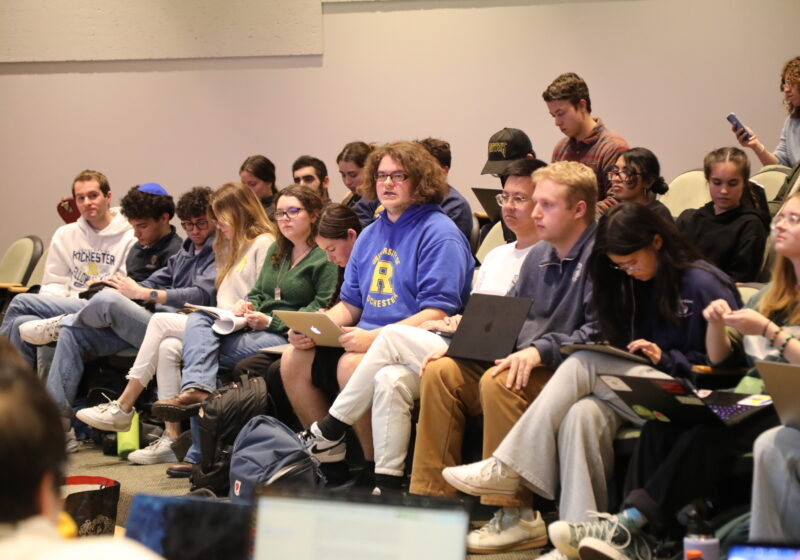Although this election had one of the largest voter turnouts in recent history, the almost three-way split of the vote suggests the voting system for SA President needs to change.
A new SA Senate bylaw implements a plurality system in all SA presidential elections, which was previously used in elections where three or fewer tickets were on the ballot – including this year’s election.
This system allows for the ticket with the highest number of votes to win, regardless of whether a majority outcome was achieved. Some may contend that 62 percent of the electorate did not support the outcome of this year’s election. This contention may not have been true, but the current system has no way to determine voters’ second or third choices in the absence of a majority.
A rank-ordered voting system with instant runoff better gauges the preferences of the electorate and ought to be implemented in the next election.
Runoff elections have been used in past SA presidential elections when, in a field of four or more candidates, a majority of votes was not obtained.
However, this system suffered from low voter turnout in the runoff election than in the original election. Although it resulted in a majority vote, the runoff election did not necessarily better represent the electorate’s opinions, due to decreased participation.
In an instant runoff, this problem of low voter turnout in the second election is non-existent. Considering that SA elections are almost entirely computerized, implementing this system would be easy. Voters could indicate their first and second preferences on the election Web site.
If there is no majority, then the “instant runoff” system would eliminate the lowest-ranked candidate and recalculate the votes until a majority is obtained. Therefore, this system chooses a winner that best reflects the preferences of the electorate.
The modified system would not necessarily change the outcome of this year’s elections. However, there would be increased legitimacy through better determination of preferences, allowing voters to feel confident that their voice is being heard when they cast their ballots.



